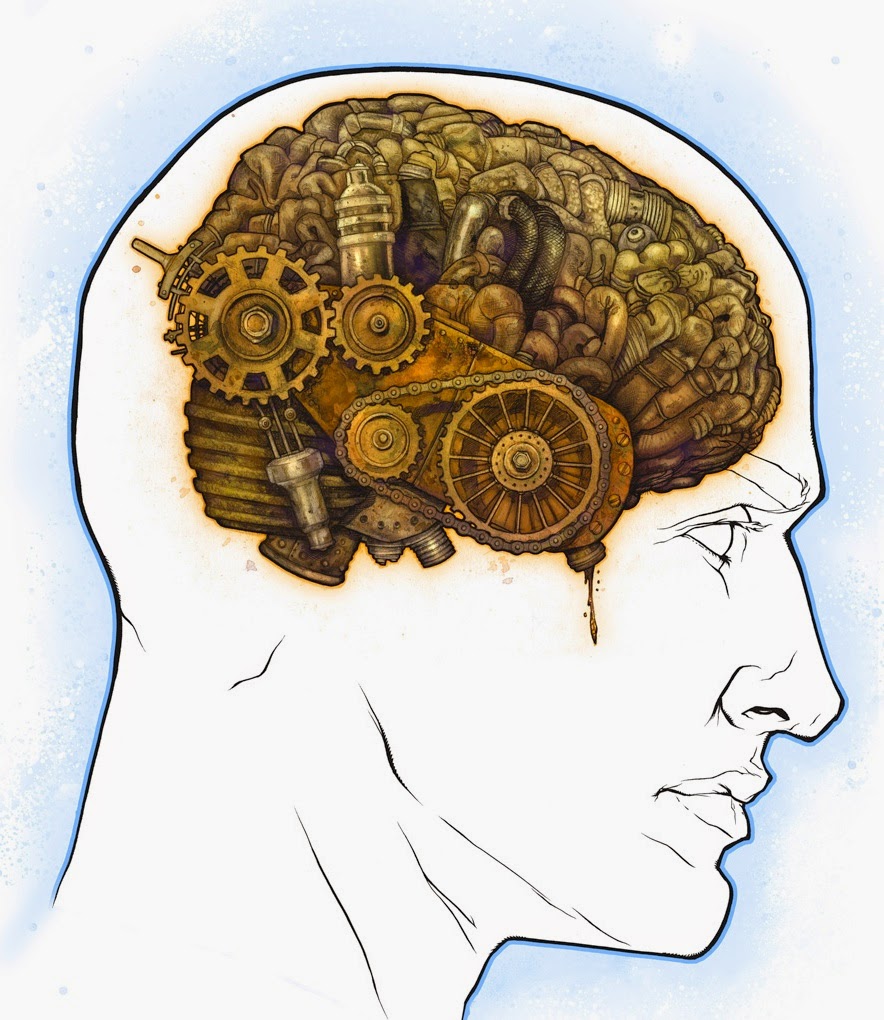Top-down causation and the emergence of agency

There is a paradox at the heart of modern neuroscience. As we succeed in explaining more and more cognitive operations in terms of patterns of electrical activity of specific neural circuits, it seems we move ever farther from bridging the gap between the physical and the mental. Indeed, each advance seems to further relegate mental activity to the status of epiphenomenon – something that emerges from the physical activity of the brain but that plays no part in controlling it. It seems difficult to reconcile the reductionist, reverse-engineering approach to brain function with the idea that we human beings have thoughts, desires, goals and beliefs that influence our actions. If actions are driven by the physical flow of ions through networks of neurons, then is there any room or even any need for psychological explanations of behaviour? How vs Why To me, that depends on what level of explanation is being sought. If you want to understand how an organism behaves, it is perf


